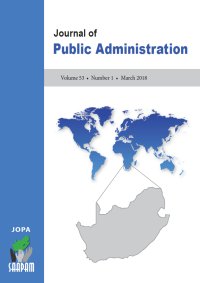
stakeholders are an essential part of policy and legislative change. This article focuses on pivotal moments in the interaction between stakeholders marking the emergence of Child Law in South Africa. It explores the development of a new legislative and policy framework for children, examining specific strategies and approaches adopted by higher-end policymakers. Central to the study is government's ability to work with stakeholders within and across various government departments, civil society groups and international agencies. It demonstrates how policy development in complex areas such as child rights, child vulnerability and poverty transformed over time. A traditional centralised approach changed when confronted with the complex cluster of problems associated with shaping Child Law. It became clear that this cluster of issues could not remain the sole concern of government; rather, a network of policy actors promised to lev